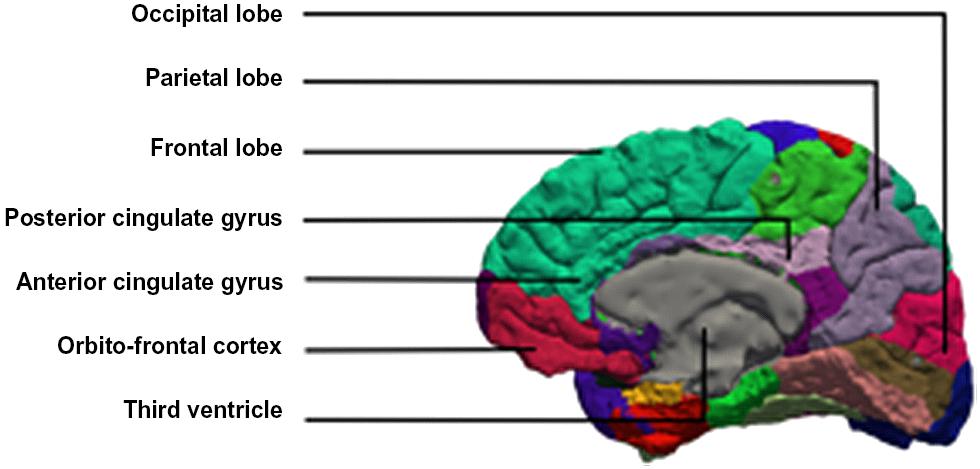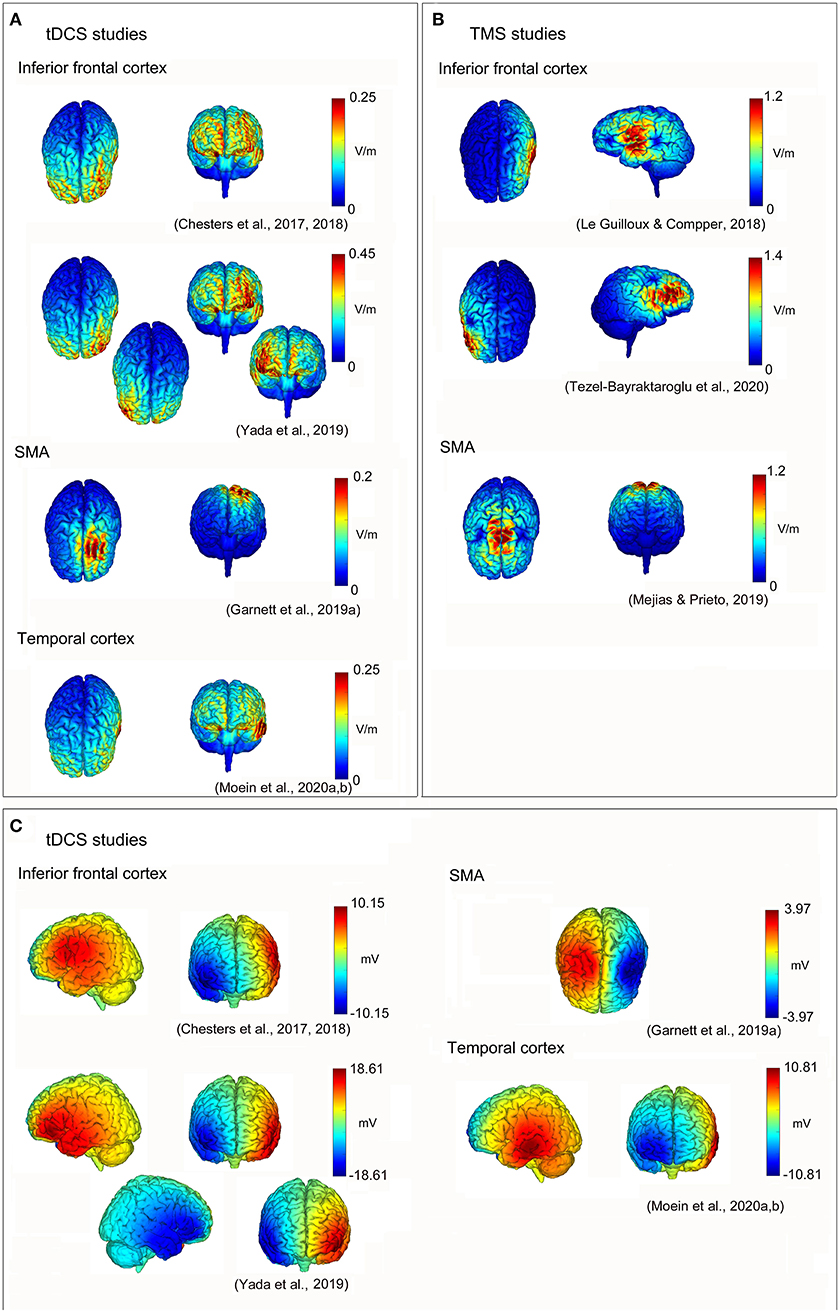Introduction to Amygdala and Stuttering
Overview of Amygdala
The amygdala is a small, almond-shaped cluster of nuclei located deep within the temporal lobes of the brain. It’s primarily known for its essential role in processing emotions, especially those related to fear and pleasure. Imagine it as the brain’s emotional alarm system, activating whenever it perceives a threat or challenge. Here are a few key points about the amygdala:
- Emotional Processing: Engages in analyzing emotional significance of stimuli.
- Memory Formation: Plays a vital role in forming and retrieving emotional memories.
- Fear Response: Triggers the fight or flight response in stressful situations.
Understanding Stuttering
Stuttering is a speech disorder characterized by disruptions to fluent speech, including repetitions, prolongations, or blocks. The experience can be incredibly frustrating, often resulting in anxiety or self-consciousness. For instance, you might recall a time when you struggled to express a thought clearly in a social situation. This feeling is more common than you think! Key factors include:
- Onset: Typically observed in childhood but can persist into adulthood.
- Variability: Severity can differ based on context, like speaking to friends versus public speaking.
- Emotional Impact: Many individuals with stuttering report heightened anxiety, tying emotional health closely to speaking ability.
Understanding these foundational elements is essential for exploring the interplay between the amygdala and stuttering further.

The Role of Amygdala in Stuttering
Neural Pathways and Stuttering
When exploring the connection between the amygdala and stuttering, it’s vital to consider the neural pathways involved. The amygdala communicates with various brain regions responsible for speech production, such as the Broca’s area. This can create complex interactions, which might contribute to the difficulties faced by those who stutter. Picture this: when you’re about to speak in front of a crowd, if your amygdala perceives it as a threat, it might influence your speech flow negatively.
- Key Neural Pathways:
- Broca’s Area: Controls speech production.
- Wernicke’s Area: Helps with language comprehension.
- Prefrontal Cortex: Involved in emotional regulation and higher cognitive functions.
Understanding these connections illuminates how emotional responses tied to the amygdala can impact fluency.
Emotional Regulation and Stuttering
Emotional regulation is another significant aspect linking the amygdala to stuttering. Stress and anxiety can trigger stuttering episodes, creating a vicious cycle. For example, if you feel nervous while speaking, your amygdala may overreact, leading to difficulty forming words.
- Impact of Emotional Regulation:
- Anxiety Management: Reduced anxiety can improve fluency.
- Self-Esteem Issues: Many people learn to associate their stutters with negative self-perceptions.
- Coping Strategies: Effective emotional regulation techniques can reduce the impact of stuttering during speech.
By addressing emotional regulation, you can enhance your communication experience, breaking the cycle of anxiety and stuttered speech.

Neuroimaging Studies on Amygdala in Stuttering
FMRI Findings
Neuroimaging studies have provided insights into how the amygdala relates to stuttering, particularly through functional Magnetic Resonance Imaging (fMRI). This technology allows researchers to observe real-time brain activity. A notable finding suggests that individuals who stutter often demonstrate heightened amygdala activity when faced with speech tasks, indicating an emotional response to speaking challenges.
- Key Insights from FMRI Research:
- Increased Activity: The amygdala lights up more for those who stutter compared to fluent speakers.
- Connectivity Issues: Disruptions in connectivity between the amygdala and speech areas may contribute to fluency disruptions.
Imagine preparing for a presentation and feeling your heart race. That’s similar to what people who stutter might feel when the amygdala is overly active during speech.
PET Scan Results
Positron Emission Tomography (PET) scans further deepen our understanding of the amygdala’s involvement in stuttering. These scans highlight metabolic activity within the brain and have shown distinct patterns in those who stutter.
- Findings from PET Scans:
- Reduced Metabolism: Some studies indicate lower metabolism in the regions associated with speech fluency.
- Emotion-Related Changes: Altered amygdala activity correlates with levels of anxiety and fear during speaking.
Consider how those nerves can manifest physically; these imaging techniques help illustrate the connection between emotional reactions and speech production. By understanding these biological patterns, interventions and therapies can be tailored to address the emotional and neural aspects of stuttering.

Impact of Amygdala Dysfunction on Stuttering Severity
Relationship to Anxiety Levels
The link between amygdala dysfunction and stuttering severity often becomes evident through anxiety levels. When the amygdala is hyperactive, it can greatly influence how individuals experience and manage their anxiety. Have you ever felt your heart race before speaking, much like the pressure of performing in front of an audience? Those feelings can be intensified for people who stutter, creating a daunting feedback loop.
- Anxiety Effects:
- Increased Tension: Higher anxiety can lead to muscle tension, making speech more difficult.
- Avoidance Behavior: Many may avoid speaking situations altogether, compounding the challenges of communication.
- Emotional Feedback Loop: The fear of stuttering can make the issue worse, leading to more anxiety.
Connection to Speech Therapy Outcomes
Understanding how the amygdala impacts speech therapy outcomes is crucial for effective treatment. Individuals with greater emotional dysregulation may find therapy less effective. Picture attending a session while battling heightened anxiety; it can hinder your ability to engage meaningfully with therapeutic techniques.
- Influencing Therapy Outcomes:
- Motivation Levels: Emotional well-being can enhance or reduce motivation for practicing techniques learned in therapy.
- Coping Strategies: Integrating techniques to manage anxiety can lead to improved communication skills.
- Customized Approaches: Tailoring therapy based on emotional responses can yield better results.
By addressing both the emotional and speech aspects of stuttering, individuals can achieve more significant progress in their therapy journey.

Treatment Strategies Targeting Amygdala for Stuttering
Cognitive Behavioral Therapy
Cognitive Behavioral Therapy (CBT) has emerged as an effective strategy for addressing stuttering by targeting the emotional responses associated with the amygdala. CBT helps individuals reframe negative thoughts about speaking and develop coping mechanisms. Imagine learning to view those anxious moments as opportunities rather than obstacles!
- Benefits of CBT:
- Anxiety Reduction: By restructuring cognitive patterns, individuals often experience lower anxiety levels.
- Skill Development: CBT teaches practical skills for managing stress during communication.
- Increased Confidence: Many individuals report a boost in self-esteem, translating to more fluent speech.
Pharmacological Interventions
In some cases, pharmacological interventions can complement therapy, especially when anxiety significantly impacts stuttering. Certain medications can help mitigate symptoms of anxiety, allowing individuals to engage more freely in speech.
- Common Pharmacological Approaches:
- Anxiolytics: These medications can reduce overall anxiety, paving the way for smoother speech experiences.
- Antidepressants: Often aimed at managing emotional dysregulation, which may indirectly benefit fluency.
- Tailored Treatments: It’s essential to work closely with a healthcare provider to find the right medication, considering individual responses.
By combining CBT with pharmacological options, individuals often find a holistic approach that grapples with both emotional and speech challenges, enhancing their journey toward effective communication.

Future Research Directions in Amygdala and Stuttering Studies
As we continue to explore the relationship between the amygdala and stuttering, exciting future research directions are emerging. Understanding these connections opens up new avenues for treatments and interventions that can greatly benefit those affected.
Exploring Genetic Factors
One promising direction is the investigation of genetic factors that influence amygdala function and stuttering. Imagine if a genetic link could help tailor prevention strategies or therapy options!
- Key Areas to Examine:
- Hereditary Patterns: Researching familial links to stuttering could reveal common genetic markers related to emotional regulation.
- Neurotransmitter Studies: Understanding how brain chemicals interact with the amygdala may lead to better-targeted treatments.
Longitudinal Studies on Intervention Outcomes
Another crucial area involves longitudinal studies to assess the effectiveness of various interventions over time. Tracking progress can illuminate which strategies yield the best results.
- Focus Areas for Research:
- Long-term Benefits of Therapy: Evaluating how emotional regulation impacts fluency after therapy.
- Comparative Analysis: Studying different treatment modalities, such as CBT and pharmacological options, to identify best practices.
As these research efforts continue, they hold the promise of revolutionizing how we approach stuttering, providing tools for effective management that address both the emotional and functional aspects of communication.